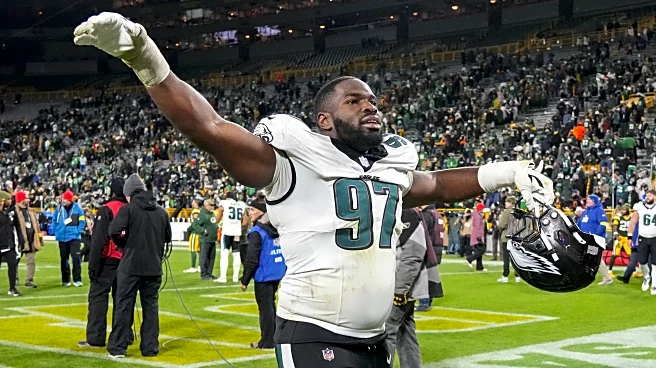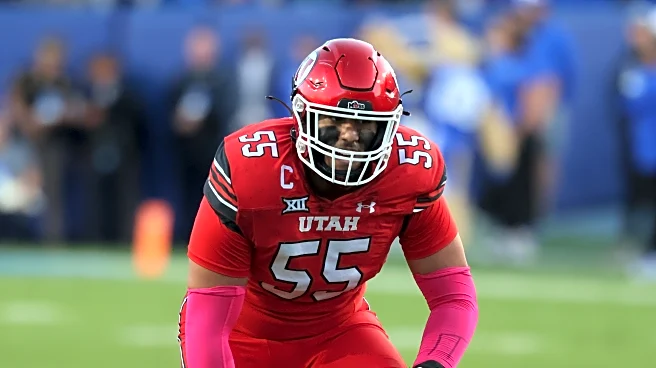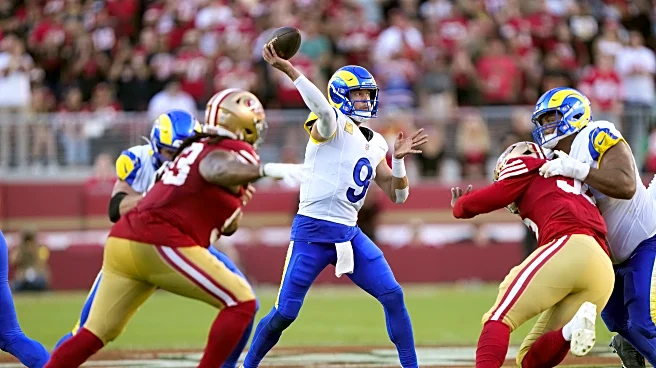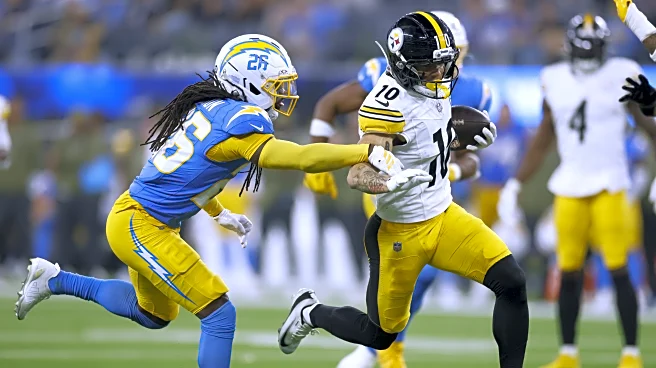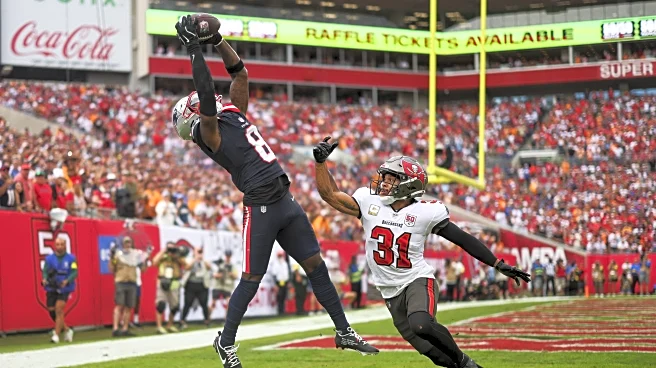Coming off two straight losses, after having arguably their worst rushing performances of the season in back-to-back weeks, the Green Bay Packers need a get-right game badly. Thankfully, the football Gods
have a gift for Matt LaFleur’s squad: the New York Giants, who are on pace for a historically bad run defense.
How bad is it? Well, NFL Pro’s expected points added (EPA) model claims that the Giants are giving up 0.16 points, compared to the NFL average, every single time they face a run this season. Basically, for every six carries that go against New York, their defense gives up what amounts to an extra point, compared to a league-average squad.
How does that stack up compared to the rest of the league? Take a look at it yourself in the table below. Remember, negative points are actually good for a defense, from an EPA per rush standpoint, because the defense’s goal is to try to limit points.

So not only are the Giants the worst in the league at stopping the run, they’re so bad that they’re actually twice as bad as the Dallas Cowboys on a per-play basis, and the Cowboys are the third-worst run defense in the league. Hey, Jerry, how is that run-stopping working for you guys this year?
Speaking of the Cowboys, didn’t the Packers run well against them this year? Wait, the Cincinnati Bengals are wedged between the Cowboys and the Giants. Didn’t Green Bay run well against the Bengals, too?
There’s been a lot of talk this year that the Packers have been playing up or down to their opponents, and I don’t blame that narrative when Green Bay has gone 0-2-1 against the Browns, Cowboys and Panthers, who have combined for a 10-17-1 record this regular season. What I will say, though, is that one place where you won’t see that narrative show up is in the Packers’ ground attack.

The graph above shows the Packers’ opponents’ season-long EPA per rush attempt (the X axis) and the Packers’ rushing EPA per rush attempt against those opponents in their matchup this year (the Y axis). As you can see, Green Bay pretty much does what is expected of the opposing run defense’s skill level on a game-by-game basis.
In fact, in the three matchups against teams where the Packers have had an opponent who is giving up a positive season-long EPA per rush attempt this year (the Bengals, Cowboys and Washington Commanders), Green Bay has averaged about 0.11 EPA per rush attempt in those games. For perspective, that’s only worse than one rushing offense’s season-long mark this season: the 8-2 Indianapolis Colts, led by potential MVP running back Jonathan Taylor.
On the flip side, in the team’s six matchups against defenses that have averaged a negative season-long EPA per rush attempt this year (the Detroit Lions, Cleveland Browns, Arizona Cardinals, Pittsburgh Steelers, Carolina Panthers and Philadelphia Eagles), the Packers have averaged just -0.12 EPA per rush attempt in 2025. That mark would rank 29th among season-long NFL offenses.
The story of this season for Green Bay’s run game has been really simple. They do really well against bad run defenses (averaging 0.04 more EPA per rush attempt than the opponent’s season average). When they face average-ish to good run defenses, though, they sputter (averaging 0.05 less EPA per rush attempt than the opponent’s season-long average).
So I pose you this question: Knowing that the Giants are terrible on the ground, would a good rushing performance even convince you that the Packers are on the right track this year? If anything, that would just be more of the same. The result that would deviate from how Green Bay has played this year would be if the Packers couldn’t run against New York. And let’s pray to God that doesn’t happen.
Putting up a bunch of rushing yards against a bad team would be fun to watch, but I’m not sure any of our opinions of the run offense should be changed by a positive result on Sunday. I hate to sound like a downer (I’m not beating the doomer allegations this week, am I?), but rushing well against a historically bad defense is just what should be expected.
After the Giants, the Packers face the Minnesota Vikings (21st run defense) twice, the Lions (9th), the Chicago Bears (12th) twice, the Denver Broncos (3rd) and the Baltimore Ravens (26th) to end the season. All of them are miles ahead of the Cowboys, Bengals and Giants in stopping the run. The worst in that group (Ravens, 0.02 EPA allowed per rush attempt) has a run defense 8 times less costly than the Giants, 5.5 times less costly than the Bengals and 4 times less costly than the Cowboys, from an EPA per rush attempt perspective.
Green Bay’s going to have to do it against a real NFL-caliber run defense before I believe the unit is taking a step in the positive direction, much less a terrible one that has six linebackers on the injury report this week.


